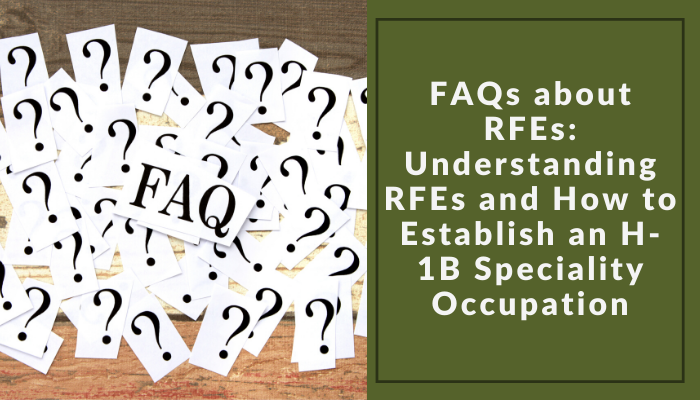Part 2 of this series answers more FAQs about RFEs, particularly as they relate to specialty occupations H-1B petitions. You can read Part 1 here.
3. The initial petition was approved without an RFE or extensive documentation. Why did we receive an RFE?
While immigration laws and regulations have not significantly changed over the last few years, USCIS’ adjudicatory policies and procedures have changed significantly.
For example, USCIS no longer accepts factual statements made by a petitioning employer or others. All facts and statements must be backed up by extensive documentary evidence.
Additionally, under a new USCIS memo, adjudicators must apply an elevated level of scrutiny to extension requests. All the prior evidence – and much more – will have to be reproved and resubmitted. USCIS officers are required to re-adjudicate the petition and evidence even though it was previously evaluated and satisfactory.
4. What are the most common current reasons for USCIS to issue an H-1B RFE?
These reasons include failure to establish to USCIS’ satisfaction:
- that the position qualifies as a specialty occupation;
- that the beneficiary has the required qualifications;
- availability of work (in-house);
- that the beneficiary has maintained his/her immigration status; and
- that the prevailing wage is appropriate.
Check back soon for Part 3 of the FAQs about RFEs series!
Need assistance with an RFE? Contact Giselle Carson and the Marks Gray Immigration Team.
